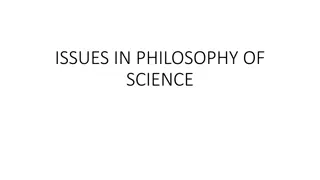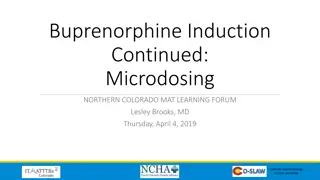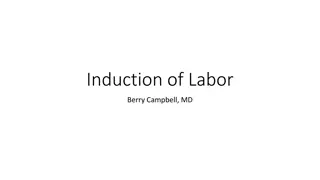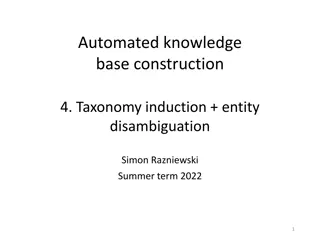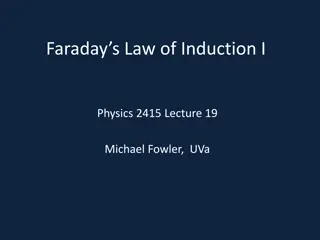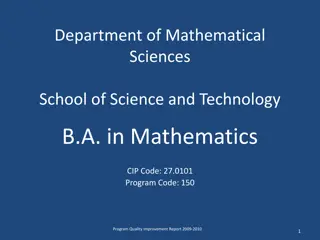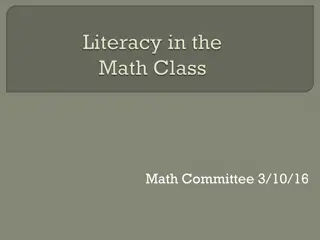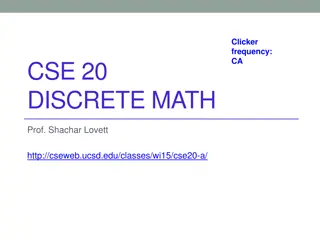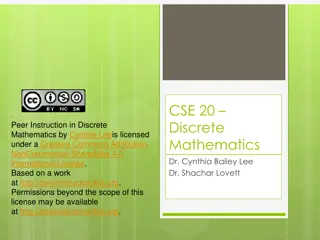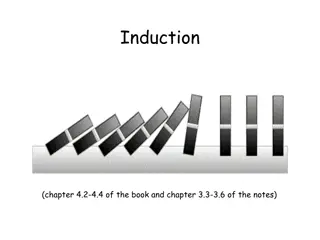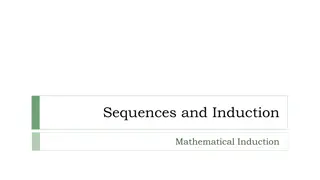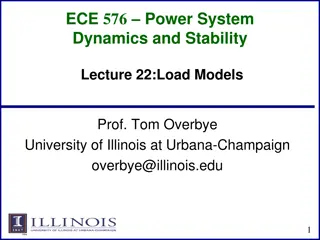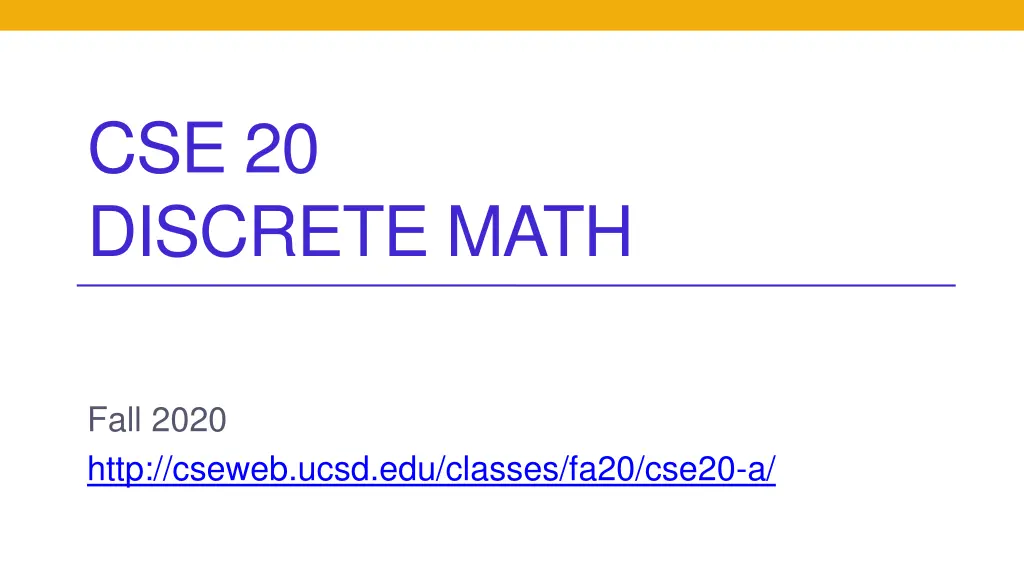
Discrete Math Learning Goals and Proofs with Robot Theorem
"Explore learning goals and proofs in discrete math covering recursively defined sets and functions, with a focus on the Robot Theorem and structural induction. Understand how the robot's movement on a 2-dimensional grid leads to even coordinate sums. Dive into terminology, lemmas, theorems, and corollaries to strengthen your understanding."
Download Presentation

Please find below an Image/Link to download the presentation.
The content on the website is provided AS IS for your information and personal use only. It may not be sold, licensed, or shared on other websites without obtaining consent from the author. If you encounter any issues during the download, it is possible that the publisher has removed the file from their server.
You are allowed to download the files provided on this website for personal or commercial use, subject to the condition that they are used lawfully. All files are the property of their respective owners.
The content on the website is provided AS IS for your information and personal use only. It may not be sold, licensed, or shared on other websites without obtaining consent from the author.
E N D
Presentation Transcript
CSE 20 DISCRETE MATH Fall 2020 http://cseweb.ucsd.edu/classes/fa20/cse20-a/
Learning goals Today s goals Practice with properties of recursively defined sets and functions Prove and disprove properties of recursively defined sets and functions with structural induction and/or mathematical induction
Robot Start at origin, moves on infinite 2-dimensional integer grid. At each step, move to diagonally adjacent grid point. Can it ever reach (1,0)? A. Yes B. No C. I d have to think about it more D. I don t know
* Terminology: lemmas, theorems, corollaries, etc. on page 81 of textbook Robot Theorem: Lemma*: The sum of the coordinates of any position reachable by the robot is even, i.e. has remainder 0 upon division by 2. Using Lemma to prove the theorem
* Terminology: lemmas, theorems, corollaries, etc. on page 81 of textbook Robot Theorem: Lemma*: The sum of the coordinates of any position reachable by the robot is even, i.e. has remainder 0 upon division by 2. Using Lemma to prove the theorem Let P be the set of coordinates the robot can reach. By Lemma, if ?,? ? then ? + ? is even. However, 1 + 0 = 1 is odd so 1,0 ?.
* Terminology: lemmas, theorems, corollaries, etc. on page 81 of textbook Robot Lemma*: The sum of the coordinates of any position reachable by the robot is even, i.e. has remainder 0 upon division by 2. Proof of Lemma: by structural induction on the set of possible positions of the robot.
* Terminology: lemmas, theorems, corollaries, etc. on page 81 of textbook Robot Lemma*: The sum of the coordinates of any position reachable by the robot is even, i.e. has remainder 0 upon division by 2. Proof of Lemma: by structural induction on the set of possible positions of the robot. Basis step: To show is 0+0 is an even integer.
* Terminology: lemmas, theorems, corollaries, etc. on page 81 of textbook Robot Lemma*: The sum of the coordinates of any position reachable by the robot is even, i.e. has remainder 0 upon division by 2. Proof of Lemma: by structural induction on the set of possible positions of the robot. Recursive step: Consider arbitrary (x,y) in P. To show is (x+y is an even integer) (sum of coordinates of next position is even integer)
Mathematical induction Structural induction To prove a universal quantification where the element comes from the set of positive integers, prove two cases: To prove a universal quantification where the element comes from a recursively defined set, prove two cases: 1. Prove the property is true about the first number (usually 0 or 1) 1. Assume the element is one of those from the basis step and prove the conclusion 2. Consider an arbitrary positive integer n, assume (as the induction hypothesis that the property holds for n, and use this and other facts to prove that the property holds for n+1. 2. Assume the element is one of those from the recursive step, and assume that the property holds for the elements used to build it, and prove the conclusion.
Growth of functions Rosen p. 320 Which of the following is true? A: 25 < 5! B: 3! < 23 C: 22 < 2! D: 100! < 2100 E: More than one of the above
For next time Pre class reading for next time: Example 2 Section 4.3 p258, Example 9 Section 1.7 p86




